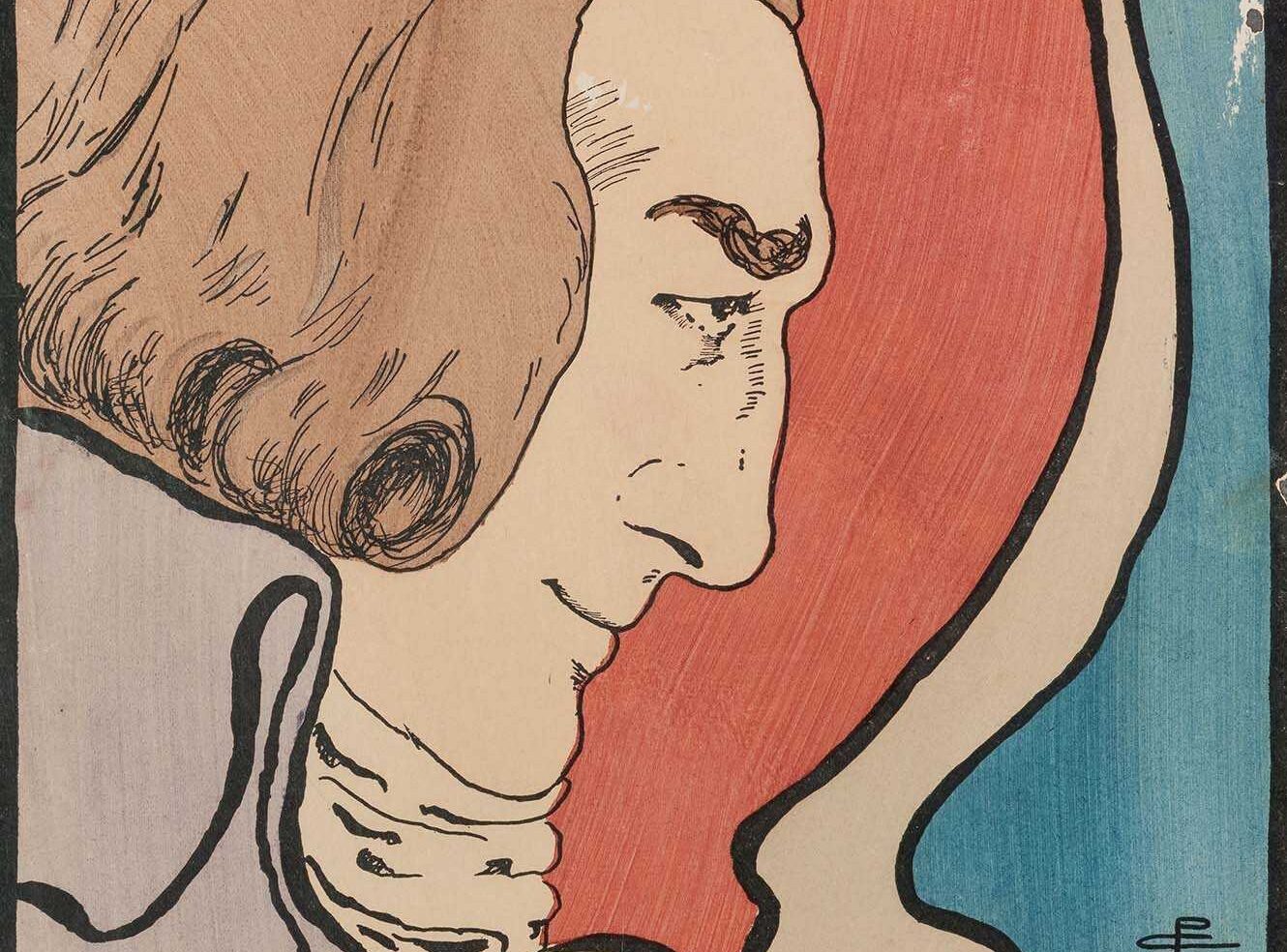Victorian vacations and some unusual city sightseeing
January is the busiest month of the year for travel agents. Once the glow of Christmas has worn off, and the cold winds of the New Year begin to bite, our thoughts inevitably turn to summer holidays. Leading travel website Expedia predicts that next Monday will be their busiest day of the year, as thousands of people click “book” and finalise their holiday plans. Since the season for holiday planning is upon us— I thought I’d go in search of travel guides in Adam Matthew’s digital collections…
Our London Low Life collection contains a number of tourist guides to London. Beeton’s Penny Book of Cab Fares (published between 1872 and 1874) provides guideline prices for 35,000 different journeys around London. This charming, pocket-sized book helped tourists to traverse the city without being cheated by unscrupulous drivers. One might think that a 21st Century version would be just as handy!

Beeton’s Penny Book of Cab Fares. © The Lilly Library, Indiana University.
Further reproduction prohibited without permission.
Other 19th Century tourist publications were far less portable: many appeared in luxurious volumes with embossed covers, and stretched over 400+ pages. The Victorian tourist was evidently expected to do their (extensive) research before travelling, not whilst on the move. Many of the attractions described in these guides would be familiar to today’s tourists. St. Paul’s Cathedral, the House of Commons, and the Tower of London all feature, and, in 1835, Madame Tussaud’s Waxwork Museum opened on Baker Street.


Front covers of some of the hefty tourist guides found in Adam Matthew’s London Low Life Collection.
© The Lilly Library, Indiana University. Further reproduction prohibited without permission.
However, 19th Century tourist guides also covered topics you would be unlikely to encounter in a Lonely Planet guide today. John Feltham’s The Picture of London (published in 1808) introduces London by listing the amount of food consumed by its inhabitants: apparently Londoners ate 770,000 sheep, and drank 6,980,000 gallons of milk a year (“the quantity of milk consumed in London” often “surprises foreigners” our guide warns). Feltham also encourages tourists to visit London’s many prisons and workhouses, and advises that a tour of Newgate may be arranged by “giving a trifle to the turnkeys”!

Picture of “popular tourist attraction” Newgate Prison in 1830. © The Lilly Library, Indiana University.
Further reproduction prohibited without permission.
Whilst obliging prison guards, and widespread milk-drinking, might not be features I’ll be seeking in my 2014 holiday destination, Feltman’s passion for city sight-seeing and adventures is infectious. So, happy January holiday planning/booking/dreaming everyone!
Recent posts

Foreign Office, Consulate and Legation Files, China: 1830-1939 contains a huge variety of material touching on life in China through the eyes of the British representatives stationed there. Nick Jackson, Senior Editor at AM, looks at an example from this wealth of content, one diplomat’s exploration of Chinese family relationships and how this narrative presented them to a British audience.

The Nineteenth Century Stage is a rich resource exploring the theatrical celebrities, artistry, and changing social roles of the era. It highlights Pamela Colman Smith, known for her Rider-Waite tarot illustrations and theatre work, whose influence shaped Victorian theatre. Despite being overlooked, her life and impact are vividly captured through striking art and intimate collections within this valuable resource.
